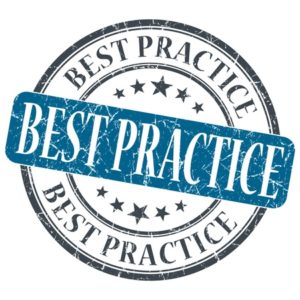Meet Dr. Kelley
I’m going to break a cardinal rule of online content marketing today. What rule is that, you ask? I’m going to share – in my very first blog – the single best piece of small business marketing advice I could give to a healthcare professional. I’m not going to make you pay for it. I’m not even going to make you wait for it. Are you ready? Here it is: The absolute best piece of relationship marketing advice I can give to a healthcare professional looking to grow their practice is to connect with your community. Sound simple enough? Let me explain. 
Chances are, if you’ve found your way to my website, you’re a healthcare professional who’s looking to build their practice. Perhaps you’re about to graduate or are new in practice. Maybe you’ve been in practice for years but continue to struggle. Or, perhaps you’ve had a successful practice but you’re getting bored with your same old marketing events. No matter which category describes you, connecting with your community can help to ramp up and reinvigorate your practice. But what does connecting with your community mean?
The best way to build a successful private healthcare practice is to become involved in the local community, build genuine relationships, and leverage those relationships to the benefit of all involved. In other words, connect with your community, and allow those community connections to help you build the practice and life of your dreams.
Community building is a key component of success. The health and well-being of your community should be in the forefront every day, which means that you need to connect with them on all levels: physically (through office hours), emotionally (by caring for their needs) and intellectually as they are not just patients but friends too. Connecting with those who support my healthcare practice has been one invaluable resource I’ve used to grow my business!
When I was new in practice, I had lots of time on my hands. I decided to give back to my community by hosting free health workshops for the local Fire Department. I donated thousands of hours to participate in ride-alongs, to create and deliver the workshops, and to create and sponsor 5 K runs to benefit specific Fire Fighters. The 9 workshops became part of a “curriculum” which all First Responders had to go through and covered physical health, nutrition, and stress management. I created a lasting relationship with this Fire Department focused on their needs. But guess what? Over time, as they got to know and trust me, when they required the services of a chiropractor, many of them turned to me.
Connecting with your community doesn’t need to take a lot of time, nor does it need to cost you a lot of money. Find a cause or a population you’re passionate about and figure out a way you can make a meaningful difference for them. Remember – it’s not about you…it’s about your community. But if you take care of them, they’ll take care of you! How can you connect with your community?
For more information on building community connections, I encourage you to read my new book Community Connections! Relationship Marketing for Healthcare Professionals. Also, watch for my next blog, “Are You Attractive?” coming soon!





 it’ll be expensive.
it’ll be expensive.
